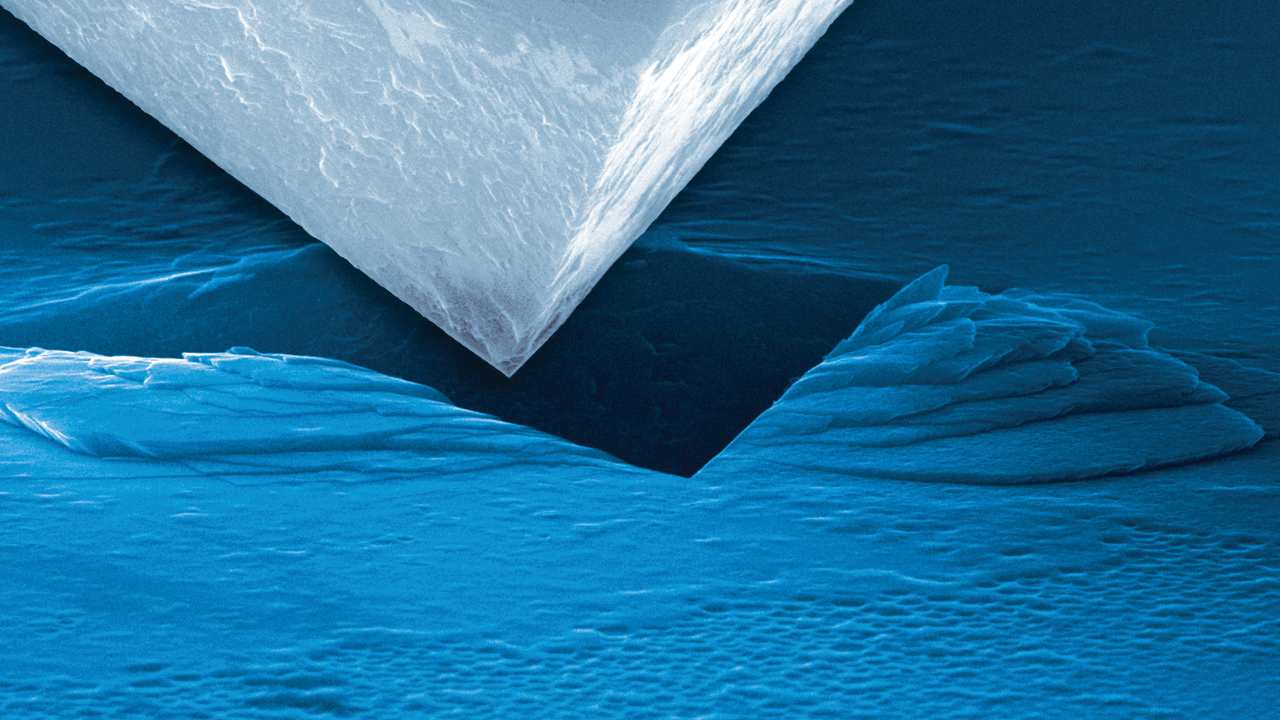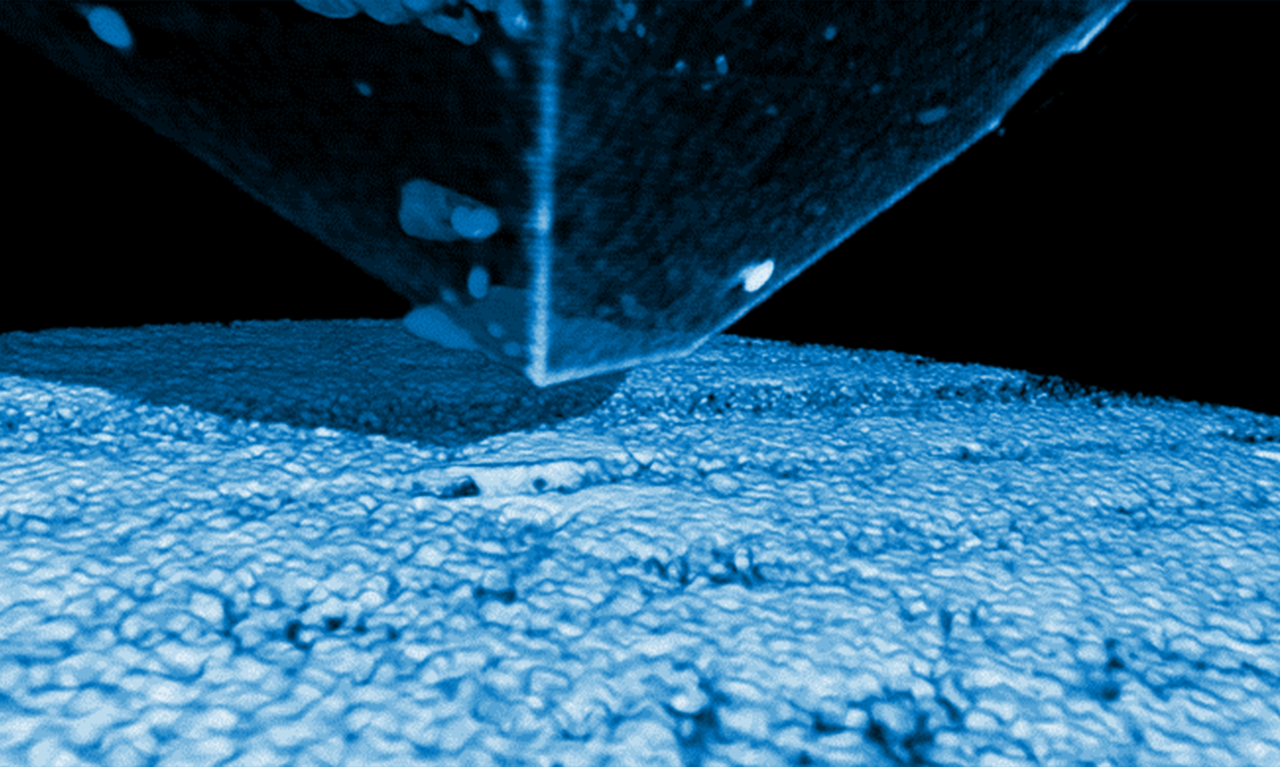

Challenges in Thin Film Hardness, Modulus Measurement and Solutions
Learn to navigate challenges inherent in mechanical testing of thin films
This presentation is the first of a four-part Thin Film Measurements series, in which our experts provide information manufacturers need about leading-edge nanomechanical testing technology for thin films measurement, complete with use case studies for a range of industrial applications.
During this webinar, Dr. Pal-Jen Wei discusses challenges and strategies for successful thin film hardness and modulus measurements. Dr. Wei reviews:
- Nanoindentation for mechanical property metrology
- Substrate effects when attempting to measure thin films
- The IETF solution for extracting the intrinsic modulus of thin films
- Bruker instrumentation for nanomechanical testing
Accurately Measure the Intrinsic Mechanical Properties of Ultra-Thin Films
Product innovation in modern industries—especially the semiconductor, hard coating, and display industries—relies heavily on decreasing the thickness of thin-film components. Nanoindentation can be used to measure hardness and modulus of these thin-film components, provided caution is taken to avoid substrate effects. This webinar focuses on thin film intrinsic elastic modulus nanoindentation measurements and analytical methods based on contact mechanics, including calculation of the substrate effect and several exemplary nanomechanical measurement case studies.
During this webinar, Dr. Pal-Jen Wei talks about the challenges in measuring intrinsic mechanical properties of ultra-thin films due to substrate effects. As the film thickness decreases, the deformation zone reaches the substrate and affects the measurements. He presents test profiling techniques using nanoindentation to continuously measure mechanical properties as a function of depth.
Dr. Wei then presents the IETF solution, an iterative method that uses experimental and theoretical stiffness-contact radius curves to extract the intrinsic modulus of thin films. He compares IETF with other models and shows examples of IETF calculations for thin films.
Bruker offers a number of instruments for nanoindentation and mechanical testing, which Dr. Wei briefly reviews before answering questions from attendees.
Find out more about the technology featured in this webinar or our other solutions for Thin Film Hardness, Modulus Measurements:
Speaker
Pal-Jen Wei, Ph.D.
Applications Scientist, Bruker
Dr. PJ Wei is an Application Scientist at Bruker Nano Surfaces, responsible for application development and technical support of Nano-Mechanical, Nano-Tribological and Nano-Indentation instruments. His academic background was in mechanical engineering and nano-metrology. Dr. Wei obtained his Ph.D. at National Cheng Kung University, Taiwan; majoring in nano-mechanical properties of thin solid films. Prior to joining Bruker, Dr. Wei was an Assistant Prof. at the Nanotechnology and Micro-system Institute in Taiwan and then a senior engineer of RD department in Catcher Tech. He has published in over 30 peer reviewed international journal papers and has also presented at many international conferences.
Thin Film Measurement Webinar Series Sessions
Part 2
Part 3
Part 4






